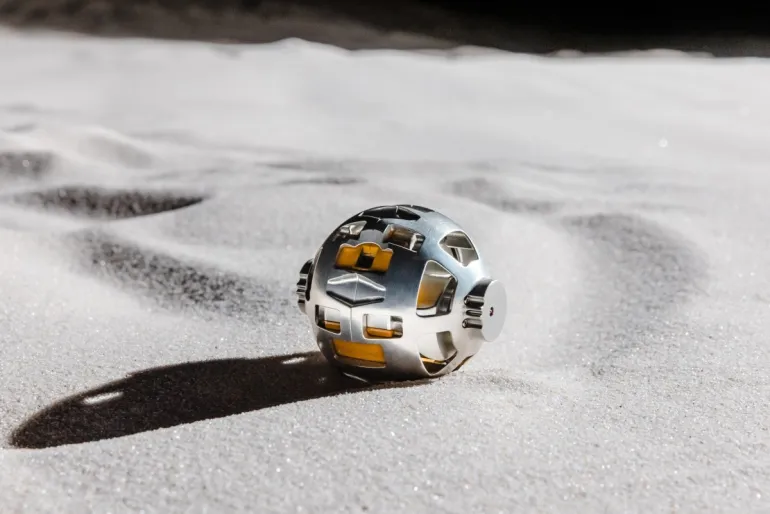Japan’s high-precision “Moon Sniper” lander has touched down on the lunar surface in a first for the country, the Japan Aerospace Exploration Agency (JAXA) has said.
But the agency said it was still “checking its status” due to an issue with the craft’s power supply. Officials also said they needed more time to analyse whether the unmanned spacecraft made a pinpoint landing – one of the priorities of the mission.
The Smart Lander for Investigating Moon (SLIM) probe began its “power descent sequence” towards the lunar surface early Saturday local time (15:00 GMT Friday), according to JAXA.
Hitoshi Kuninaka, head of the Institute of Space and Astronautical Science, said they believe that rovers were launched and data was being transmitted back to Earth.
But he said SLIM’s solar battery was not generating power and the battery life of the spacecraft would only last a few more hours. The priority now was for the craft to gather as much moon data as possible on the remaining battery.
“It takes 30 days for the solar angle to change on the moon,” Kuninaka said. “So when the solar direction changes, and the light shines from a different direction, the light could end up hitting the solar cell.”
He added that “looking at the trace data, SLIM most certainly achieved a landing with 100-metre accuracy” of its target as it was intended to, versus the conventional accuracy of several kilometres. It will take about a month to verify the preliminary information.
Fifth in the world
By accomplishing the landing, Japan became the world’s fifth country to put a spacecraft on the moon, after the United States, Russia, China and India.
Japan calls its technology unprecedented and crucial for advancing lunar exploration, particularly in the quest for lunar water and the potential for human habitation.
Speaking in advance of the touchdown, Shinichiro Sakai, JAXA’s SLIM project manager, said “Proving Japan has this technology would bring us a huge advantage in upcoming international missions like Artemis,” referring to US space agency NASA’s crewed moon mission. “No other nation has achieved this.”
Japan has been actively looking to expand its role in space activities, forging partnerships with the US, to address the growing military and technological influence of China, extending even into the realm of space.
Japan is actively participating in NASA’s Artemis programme with the goal of sending one of its astronauts to the moon.
However, JAXA has faced multiple setbacks, including a launch failure in March of the new flagship rocket H3 that was meant to match cost-competitiveness against commercial rocket providers like SpaceX.
JAXA has emphasised that its high-precision technology will become a powerful tool in future exploration of hilly moon poles, seen as a potential source of oxygen, fuel and water. It also plans a joint unmanned lunar polar exploration with India in 2025.
Star Wars-like probe on board
On board Japan’s “Moon Sniper” is a little robot with a big mission: to pop open like a Transformer toy, wiggle across the lunar surface and beam images back to Earth.
The shape-shifting SORA-Q probe – codeveloped by a major toy company – has been compared with a friendly Star Wars droid and a sea turtle because of the way its metal form can navigate the dusty moonscape.
Sora means “universe” in Japanese, while “Q” refers to the words “question” and “quest”, its makers say.
Slightly bigger than a tennis ball and weighing as much as a large potato – eight centimetres (three inches) across and 250 grams (half a pound) – SORA-Q was designed by JAXA with Takara Tomy, the toy company behind the original 1984 Transformers.
After landing on the moon, the probe’s cameras are expected to take valuable images of a crater where parts of the moon’s mantle, usually hidden deep below its crust, are believed to be exposed.
Credit: aljazeera.com



